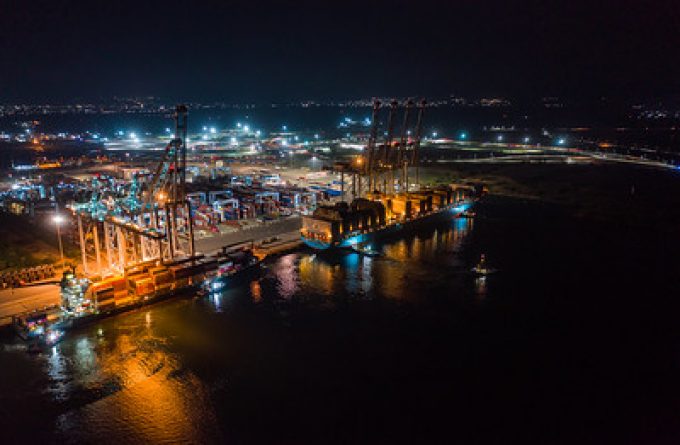Analysis: Can the Gemini network do it on-time?
The clock is ticking

The terminal operators at Mexico’s second largest container port on the Pacific coast, Lazaro Cardenas, are poised to expand capacity.
Less than two months after APM Terminals kicked off phase two of its expansion, Hutchison Ports announced it would start the expansion of its Specialised Container Terminal 1 in the new year, which is expected to take three years.
The $220m project will boost terminal capacity from 1.3m teu to 2m teu and will include construction of 345 metres of quay and ...
Asia-USEC shippers to lose 42% capacity in a surge of blanked sailings
USTR fees will lead to 'complete destabilisation' of container shipping alliances
New USTR port fees threaten shipping and global supply chains, says Cosco
Outlook for container shipping 'more uncertain now than at the onset of Covid'
Transpac container service closures mount
DHL Express suspends non-de minimis B2C parcels to US consumers
Zim ordered to pay Samsung $3.7m for 'wrongful' D&D charges
Flexport lawsuit an 'undifferentiated mass of gibberish', claims Freightmate

Comment on this article